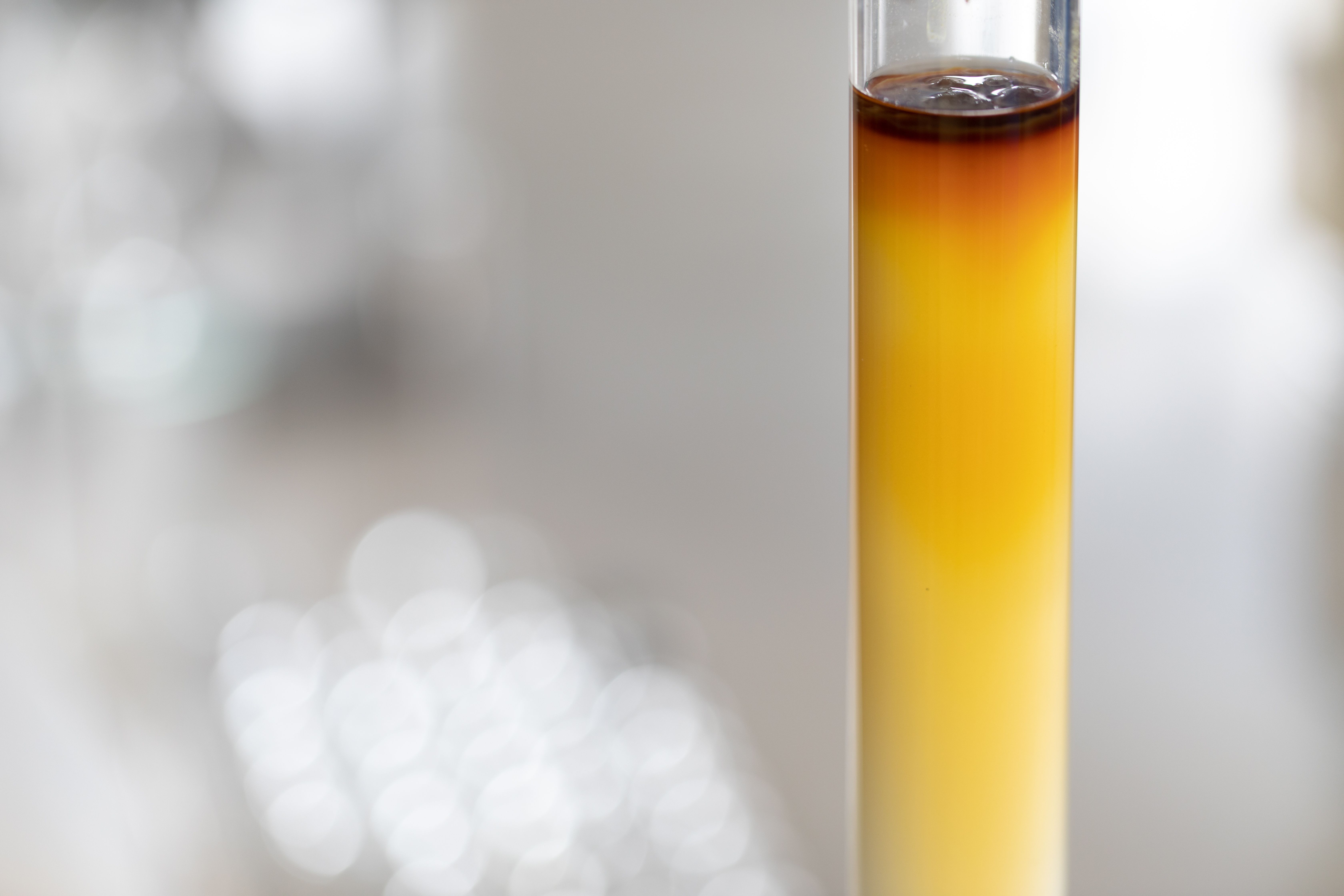Efficiency of UHPLC Tracked Under Pressure-Induced Gradient Conditions
The team of researchers found that components with the same retention time can have different migration patterns, and discussed the different scenarios for decreasing column pressure resistance.
A new study in the Journal of Chromatography A attempted to test the separation efficiency of protein compounds and other biological macromolecules by adjusting the pressure gradient of the chromatographic column (1). Retention factors and migration velocities were measured, and the researchers found that under ultrahigh-pressure liquid chromatography (UHPLC) conditions, there can be a significant loss in efficiency, up to 50%, compared to the column's intrinsic efficiency. They suggested that decreasing column pressure resistance by using shorter columns, larger particles, lower flow rates, or eluents with lower viscosity could mitigate this loss. The study highlights the importance of optimizing conditions in high performance chromatography systems to achieve faster separations and higher efficiency.
Column chromatography chemistry in the lab. | Image Credit: © sinhyu - stock.adobe.com

Developed by researchers at the University of Pannonia in Veszprém, Hungary, this experiment was based on the corollary that in liquid chromatography, retention factors impacted by pressure can be displayed, for instance, in the abnormally high change in molecular volume of solute during adsorption of large biomolecules like proteins and peptides (1). After injection, the pressure gradient affects the width of the initial band, with thinner initial bands observed in compounds with higher pressure sensitivity; therefore, the researchers said band broadening is affected by the spatial variation of chromatographic bands with regard to their migration velocities.
Overall, the team found that the pressure gradient formed in the column has a “significant” negative impact on the efficiency of a separation and proposed several ways to go about decreasing column pressure resistance: using shorter columns or larger superficially porous particles, or using lower flow mobile phase rates or eluents with lower viscosity (1). In UHPLC especially, they said, an increase in the flow rate of the mobile phase causes changes in density and viscosity (not to mention temperature generated because of friction), all of which affect column pressure.
Being mindful that a large change in the molar volume of solute during adsorption yields significantly wider zones at the end of a column, ΔVm in these calculations was varied between 0 and -50×10-6 m3/mol with a fixed step size of -10×10-6 m3/mol. Pressure drop (Δp) along the column (which measured 10 cm in length with 2.1 mm diameter and porosity of 0.65) was set at 400, 600, 800, and 1000 bar, and the limiting value of retention factor at zero pressure was set, at each configuration of Δp – ΔVm, to result in a retention time of 10 min (1). The researchers found that at a ΔVm of 10–20×10-6 m3/mol, change in retention factor is “barely noticeable,” but at values close to 50×10-6 m3/mol, the difference is almost fourfold.
The findings of this experiment demonstrated to the researchers that even with the same retention time, components may have different migration patterns given changes in the pressure gradient of the chromatographic column. As faster separations and higher efficiency are constantly sought, high performance and ultrahigh-pressure liquid chromatography systems (HPLC, UHPLC) should be studied under varied conditions to produce optimal results. Essentially, this research found that certain factors, like molar volume change and pressure, can greatly influence the efficiency of the separation process in chromatography.
Reference
(1) Farsang, E.; Lukács, D.; József, S.; Horváth, K. Effect of time-invariant pressure gradients on peak formation and efficiency in ultrahigh-pressure liquid chromatography. J. Chromatogr. A 2023, 1704, 464135. DOI: 10.1016/j.chroma.2023.464135
Common Challenges in Nitrosamine Analysis: An LCGC International Peer Exchange
April 15th 2025A recent roundtable discussion featuring Aloka Srinivasan of Raaha, Mayank Bhanti of the United States Pharmacopeia (USP), and Amber Burch of Purisys discussed the challenges surrounding nitrosamine analysis in pharmaceuticals.
Extracting Estrogenic Hormones Using Rotating Disk and Modified Clays
April 14th 2025University of Caldas and University of Chile researchers extracted estrogenic hormones from wastewater samples using rotating disk sorption extraction. After extraction, the concentrated analytes were measured using liquid chromatography coupled with photodiode array detection (HPLC-PDA).







